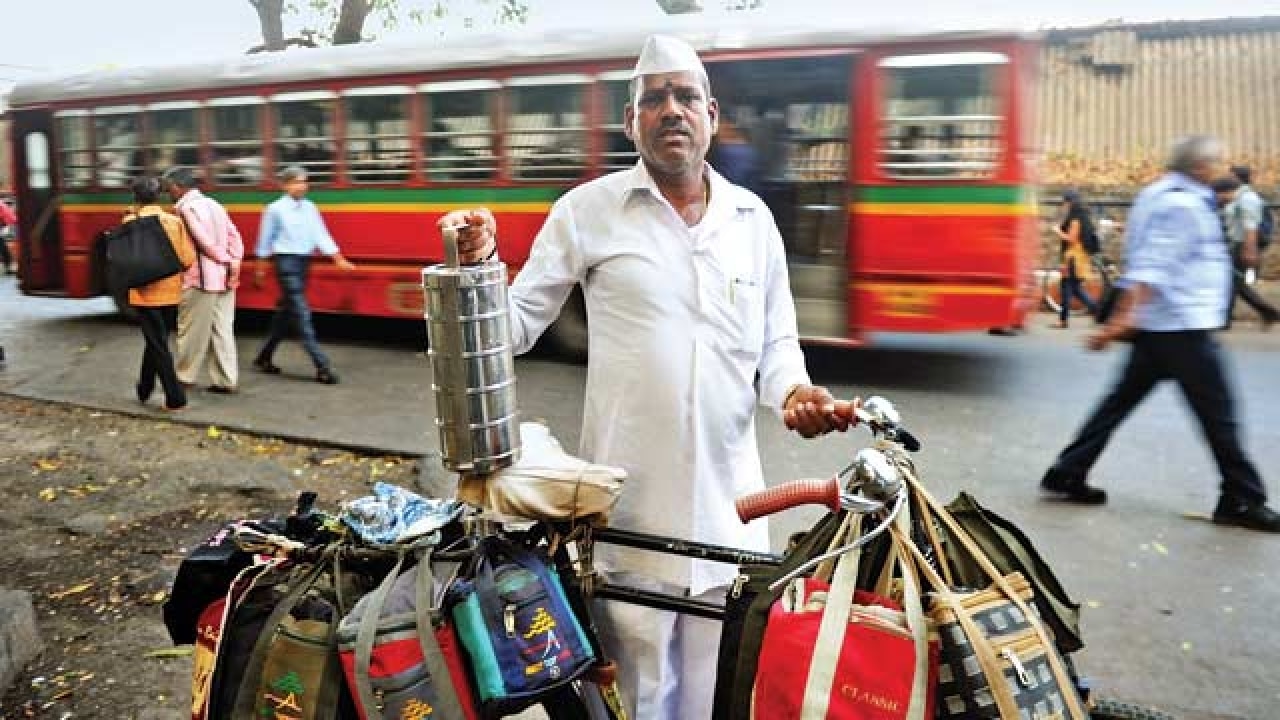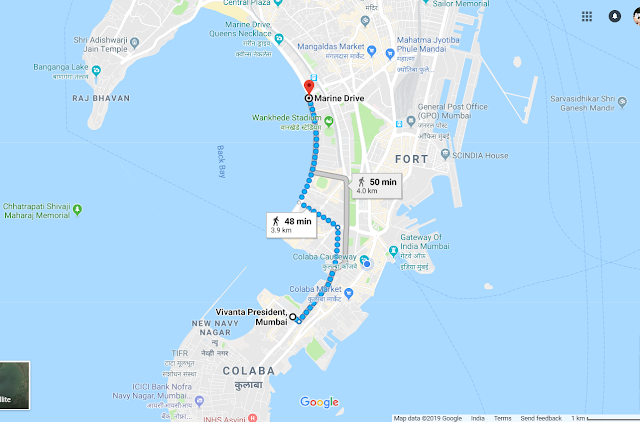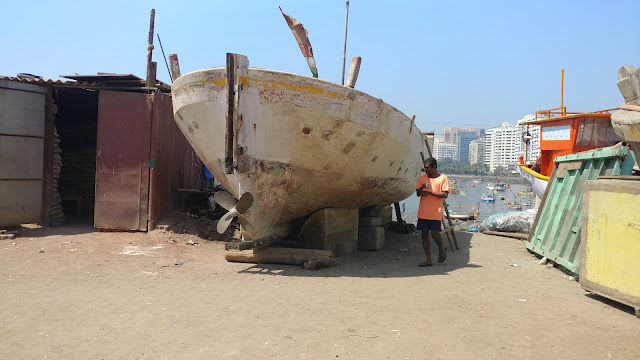Old Goa:
When we arrived in Goa, we stayed in a city called Ponda. It's the town where Shweta was born. Though her mom and dad lived in Kolhapur, as is typical in India, her mom Mrudula, returned home to stay with her parents as Shweta's birth neared. Mrudula's brother Navin and sister Urmila live in Ponda with their spouses, so it was an obvious place for us to stay a couple of nights and spend time with family.
Here's the view out the window of our hotel room.
Our first day in Goa, our driver took us out to see Old Goa. Like Mumbai, Goa was originally settled by Portuguese traders. When the Portuguese came here, they brought Christianity with them, often using brutal Inquisition tactics and atrocities to forcibly convert both the locals and Portuguese who were running amok here.
The Portuguese conquered Goa in 1510, building churches, establishing trade, and generally doing what you'd do in a colonized port. Over time however, Old Goa's lack of sanitation and warm climate led to repeated cholera and other epidemics. To the point that Old Goa was just too difficult to live. In 1759, the Portuguese abandoned Old Goa and moved their capital to neighboring Panjim, which remains the state capital of Goa.
The first is the Basilica of Bom Jesus (Good Jesus in Portuguese), built in 1605:
Still in use today, the building's brownish exterior colour is due to the laterite bricks that most buildings in Goa are built from. In the case of this cathedral, the Portuguese guy who led the "restoration" of it, believed that removing the plaster from the brick would make the structure more resistant to erosion, when in fact the opposite is true. Point being that all of the buildings we're going to see in Old Goa are constructed from these mined, laterite bricks. The others just have plaster and paint layered on top.
Interestingly Francis Xavier's body is interned inside the cathedral.
Across the street from Francis Xavier cathedral is a large complex which contains a cathedral dedicated to Francis of Assisi. This cathedral was built in 1661. It is clearly no longer in use. When you walk inside, the cathedral has been emptied and you're only allowed to walk around small roped off areas:
Adjacent to the Francis of Assisi cathedral is a small church dedicated to Saint Catherine.
Less than a mile from the Basilica of Bom Jesus, you can climb a narrow road and see a number of other Catholic buildings, including a convent, and most interestingly, the decaying Church of Saint Augustine, which was built in 1597. Here you can see what happens to laterite when left to the monsoons, heat, and humidity of this area. This photo is taken looking at what would have been the facade. What remains is the right tower.
Here are some other photos of the decaying structure. Interestingly, the church contained it's own small convent.
Finally, we visited the Church of Our Lady of the Mount. In no way is this a spectacular structure; however, it's view over the valley, and in particular all of the buildings that I've previously discussed is amazing.
Looking at the buildings that rise above the trees, nearest to us, you can see all of the buildings that we'd previously visited.
When we arrived in Goa, we stayed in a city called Ponda. It's the town where Shweta was born. Though her mom and dad lived in Kolhapur, as is typical in India, her mom Mrudula, returned home to stay with her parents as Shweta's birth neared. Mrudula's brother Navin and sister Urmila live in Ponda with their spouses, so it was an obvious place for us to stay a couple of nights and spend time with family.
Here's the view out the window of our hotel room.
Our first day in Goa, our driver took us out to see Old Goa. Like Mumbai, Goa was originally settled by Portuguese traders. When the Portuguese came here, they brought Christianity with them, often using brutal Inquisition tactics and atrocities to forcibly convert both the locals and Portuguese who were running amok here.
The Portuguese conquered Goa in 1510, building churches, establishing trade, and generally doing what you'd do in a colonized port. Over time however, Old Goa's lack of sanitation and warm climate led to repeated cholera and other epidemics. To the point that Old Goa was just too difficult to live. In 1759, the Portuguese abandoned Old Goa and moved their capital to neighboring Panjim, which remains the state capital of Goa.
The first is the Basilica of Bom Jesus (Good Jesus in Portuguese), built in 1605:
Still in use today, the building's brownish exterior colour is due to the laterite bricks that most buildings in Goa are built from. In the case of this cathedral, the Portuguese guy who led the "restoration" of it, believed that removing the plaster from the brick would make the structure more resistant to erosion, when in fact the opposite is true. Point being that all of the buildings we're going to see in Old Goa are constructed from these mined, laterite bricks. The others just have plaster and paint layered on top.
Interestingly Francis Xavier's body is interned inside the cathedral.
Across the street from Francis Xavier cathedral is a large complex which contains a cathedral dedicated to Francis of Assisi. This cathedral was built in 1661. It is clearly no longer in use. When you walk inside, the cathedral has been emptied and you're only allowed to walk around small roped off areas:
Adjacent to the Francis of Assisi cathedral is a small church dedicated to Saint Catherine.
Less than a mile from the Basilica of Bom Jesus, you can climb a narrow road and see a number of other Catholic buildings, including a convent, and most interestingly, the decaying Church of Saint Augustine, which was built in 1597. Here you can see what happens to laterite when left to the monsoons, heat, and humidity of this area. This photo is taken looking at what would have been the facade. What remains is the right tower.
Here are some other photos of the decaying structure. Interestingly, the church contained it's own small convent.
Finally, we visited the Church of Our Lady of the Mount. In no way is this a spectacular structure; however, it's view over the valley, and in particular all of the buildings that I've previously discussed is amazing.
Looking at the buildings that rise above the trees, nearest to us, you can see all of the buildings that we'd previously visited.






















































